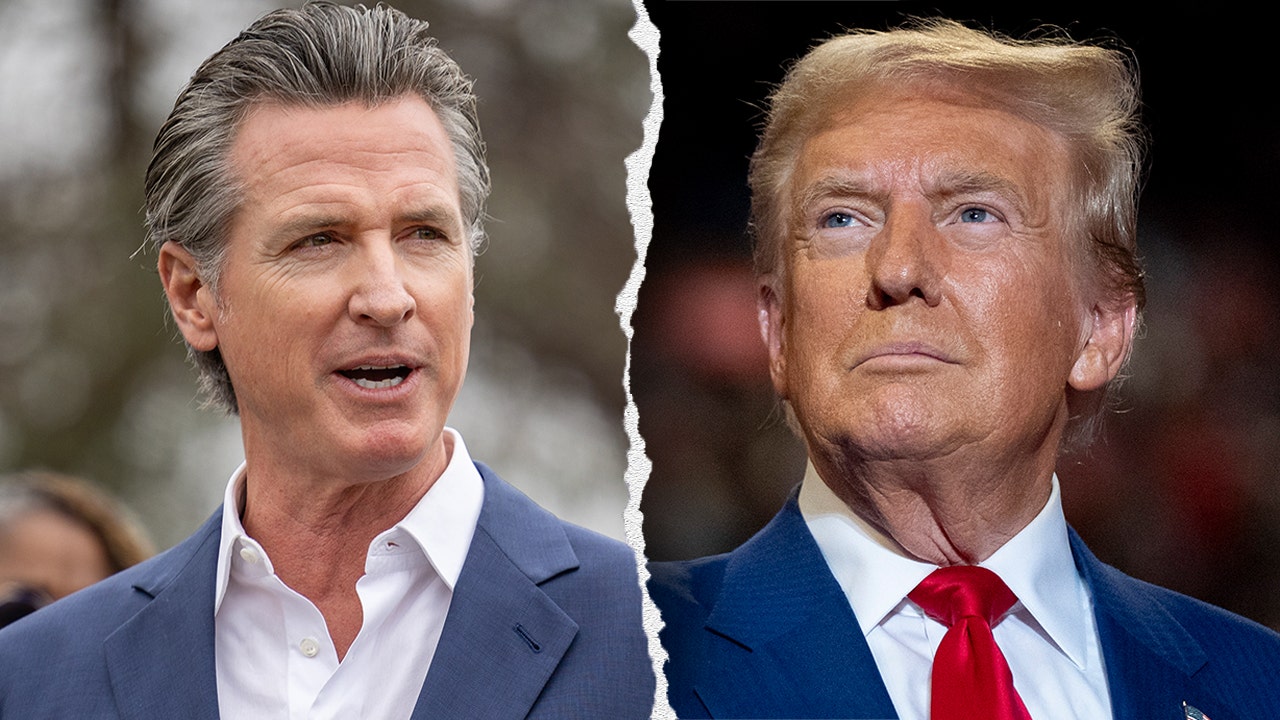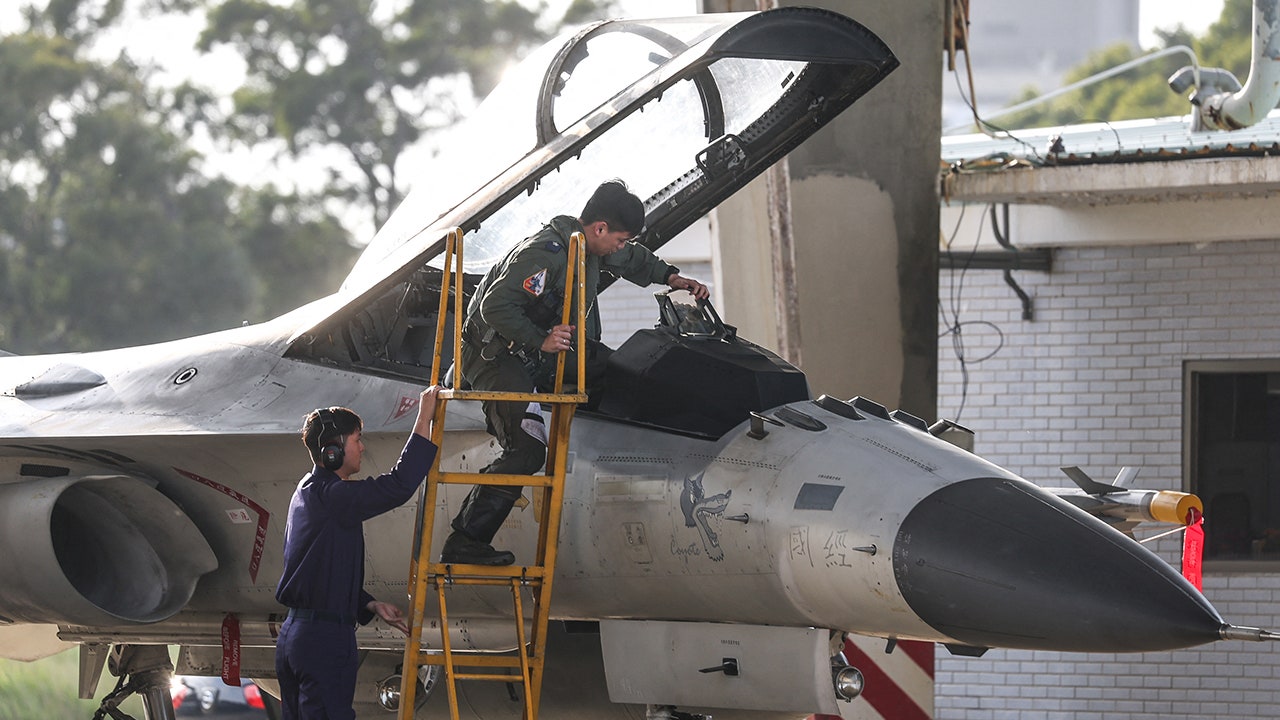Iran projects its military power through dozens of armed groups across the Middle East, but how much does it control their actions?
That question has taken on new urgency as the United States considers its next steps after an attack by an Iranian-backed Iraqi militia on an American base in northwest Jordan. The attack on Sunday killed three soldiers and injured dozens of others.
Iranian-backed groups have varying histories and relationships with Tehran, but all share Iran’s desire for the U.S. military to leave the region, and for Israel’s power to be reduced. Iranian rhetoric, echoed by its allied groups, often goes further, calling for the elimination of the Israeli state.
Like Iran, most of the allied groups follow the Shiite branch of Islam. The exception is Hamas, whose members are predominantly Sunni Muslims.
Iran has provided weapons, training, financing and other support to the groups, particularly to those in Lebanon, Syria, Iraq and Yemen, according to evidence obtained through weapons seizures, after-action forensics, foreign asset tracing and intelligence gathering. Some training is outsourced to Hezbollah in Lebanon, according to U.S. and international experts.
More recently, Iran has also been enabling the militias to obtain some weapons parts on their own, and to manufacture or retrofit some weapons themselves, according to officials in the Middle East and the U.S. In addition, most of the groups, like Hamas, have their own extensive money-making enterprises, which include both legal activities like construction and illegal ventures like kidnapping and drug smuggling.
Despite its support for the militias, Iran does not necessarily control where and when they attack Western and Israeli targets, according to many Middle Eastern and European experts, as well as U.S. intelligence officials. It does influence the groups and at least in some cases seems able to halt strikes.
After Iraq-based militants struck a U.S. base in Jordan on Sunday, the group the Pentagon suggested was responsible, Kata’ib Hezbollah, whose leadership and troops are close to the Iranian Revolutionary Guards, announced it was temporarily standing down at the behest of Iran and the Iraqi government.
Each militia, however, also has its own agenda, depending on its home country.
The Houthi movement, for example, had battlefield success in Yemen’s civil war and controls part of the country. But now, unable to feed their people or create jobs, they are showing strength and prowess to their domestic audience by taking on major powers, attacking shipping headed to and from the Suez Canal, and drawing retaliatory strikes by the United States and its allies.
That has allowed the Houthis to claim the mantle of solidarity with Palestinians, and also aligns the group with Iran’s goal of poking at Israel and its chief ally, the United States.
By contrast, Hezbollah in Lebanon, which has the longest-standing ties to Iran, is part of the Lebanese government. Its decisions about when and how much to attack Israel take into account the risks of Israeli reprisals on Lebanese civilians. A 2020 U.S. Department of State report estimated that Iran’s support for Hezbollah was $700 million annually at that time.
Weapons provided to the groups run the gamut from light arms to rockets, ballistic and cruise missiles — and an array of increasingly sophisticated drones, said Michael Knights of the Washington Institute, who has tracked the proxies for many years.
Iran has been providing smaller direct cash subsidies to its proxies in recent years, in part, experts say, because it is financially squeezed by U.S. and international sanctions.
In addition to direct aid, some of the groups have received in-kind funding like oil, which can be sold or, as in the case of the Houthis, thousands of AK-47s that can also be put on the market, according to a November report from the United Nations.
One Yemeni political analyst, Hisham al-Omeisy, speaking of the Houthis, said: “They’re very well backed by the Iranians, but they’re not puppets on a string. They’re not Iran’s stooges.”
Much the same could be said of other groups.
Iran itself sends different messages about the militias to different audiences, said Mohammed al-Sulami, who runs Rasanah, an Iran-focused research organization based in Saudi Arabia, which has long sparred with Iran for regional influence.
When speaking to domestic and Middle Eastern audiences, Iran tends to portray what it calls the “Axis of Resistance” as being under its leadership and control, and part of its regional strategy. But when addressing Western audiences, Iran often contends that while the groups share similar views, the Islamic Republic is not directing them, Mr. al-Sulami said.
“Iran is very smart in using this gray zone to maneuver,” he said.
Vivian Nereim contributed reporting from Saudi Arabia,





